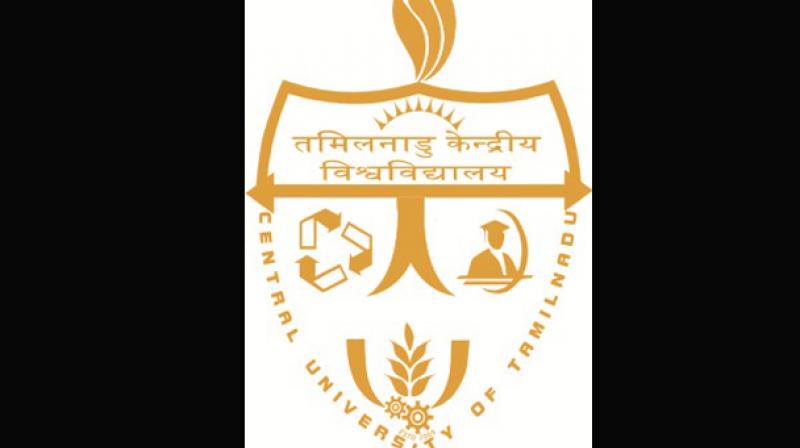(Not) one small step for Tamil Nadu students

Chennai: Natives of Kolkata, 23-year-old Sukanya Roy Chowdhury and her 25-year-old brother, Santosh Roy Chowdhury, has not only made their city proud but Tamil Nadu and the rest of the country as well.
Former students of Central University of Tamil Nadu (CUTN), Tiruvarur, the two youngsters, along with 24-year-old Autumn Kelsea Conner, their friend from Arizona, who is a final-year Computer System Engineer from the Arizona State University (ASU), have taken the first step towards creating a sustainable life on the Moon. Having created a project for the 'Lab2Moon' International contest, which plans to take a 250-gram student experiment to the Moon, the trio's team, named ‘Team Z I’, succeeded in being one among two teams selected for their project. They were also recognised as the only International team - with the coming together of two Indians and an American.
“The two projects that have been selected - the other from Italy - will be sent to the moon by the end of the year in a Lunar Explorer Vehicle to be launched by Team Indus from Bengaluru - a group of former members of ISRO (including Kasturirangan), and young entrepreneurs - through the Indian Space Research Organisation (ISRO),” said Francis P Barclay, Head of Department (in charge), Department of Media and Communication, CUTN, where Santosh and Sukanya had pursued a five-year integrated course in Physics and in Mathematics.
Team Indus, which is participating in a competition called 'Google Lunar XPRIZE', organised a contest, calling for student projects. “Over 3,000 teams from 300-odd cities in over 15 countries participated, of which the two were finally selected,” added Francis.
Santosh said, “My sister found the advertisement on the internet information on various internships available, once she shared it with me, I contacted my friend in Arizona who was equally interested and we started building the concept using the internet. Today Biocon is helping us build the actual project, which will be sent to the moon.”
Almost 99% of the work was completed through the internet. Autumn came to India 10 days before the project was judged. She had worked on the electronic aspect, with her University's support, while the siblings worked on the thermal aspect. They assembled the different parts at the Indian Institute of Science's (IISc's) Centre for Nano Science and Engineering.
“Our project attempts to perform photosynthesis on the Moon. It will be the first step towards creating a sustainable life there,” he said; adding, that his team has been working under the guidance of Prof. P Ravindran, Head of the Department of Materials Science, CUTN.
Explaining the project, Sukanya said, “Our ultimate mission is to jump start humanity towards becoming an interplanetary species. If we succeed in this project, that is, if we are able to perform photosynthesis on the Moon and sustain life there, it will pave way for sustaining life on the Moon.”
Understanding the project
Photosynthesis is the basis of life on Earth. Plants do it with sunlight, water and Carbon-Dioxide, with Chlorophyll as the catalyst. It is a different story in the case of the Moon as it has no atmosphere and manifests harsh climatic conditions that make it difficult for life to sustain. Gravity is low, but the radiation levels are high. As most organisms would die on the Moon, the team chose a bacteria called Extremophile Cyano, that can withstand such harsh conditions. The experiment, which will be sent in an 110 mm tall polycarbonate capsule, is divided into three chambers. Its upper compartment, that is just 4 cm tall, will house nine sensors, a micro-camera and a minicomputer that will beam videos and data of the experiment back to the Earth after its launch.
The second chamber will contain a bioreactor, and the lower chamber will contain Carbon Dioxide, a medium where the bacteria will grow. When it reaches the lunar surface, the bacteria will be released into the chamber and the sensors will send the data back to the Earth. If the project is a success, then efforts can be made to move on to bigger such experiments to sustain larger plants and organisms in capsules on the Moon.

